#emerald
Text
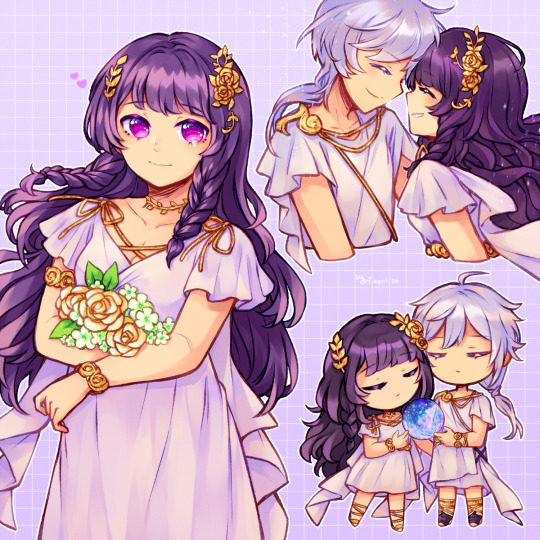
"...So, the person you were waiting for is me?"
#doodle#lovebrush chronicles#for all time#时空中的绘旅人#little painter#cael anselm#emerald#crying crying crying 이젠 집어쳐 love you love you love y-#LOVE THEM SO MUCH :'(#the way mc teased him tho aaa so cute
60 notes
·
View notes
Photo

38 notes
·
View notes
Text


Please enjoy this magical small emerald moth friend who visited me last year. I'm looking forward to mothing season starting again soon! 🦋💚
May your year be filled with all the soft beautiful moths you need to get through it, including this one.
#moth#moths#lepidoptera#motivational moth#motivational moths#insect#insects#bugblr#bug#bugs#pretty#pretty moth#pretty bug#cute animals#cute bugs#cool bugs#so green#emerald#emerald moth#cw bugs#cw insects
3K notes
·
View notes
Photo
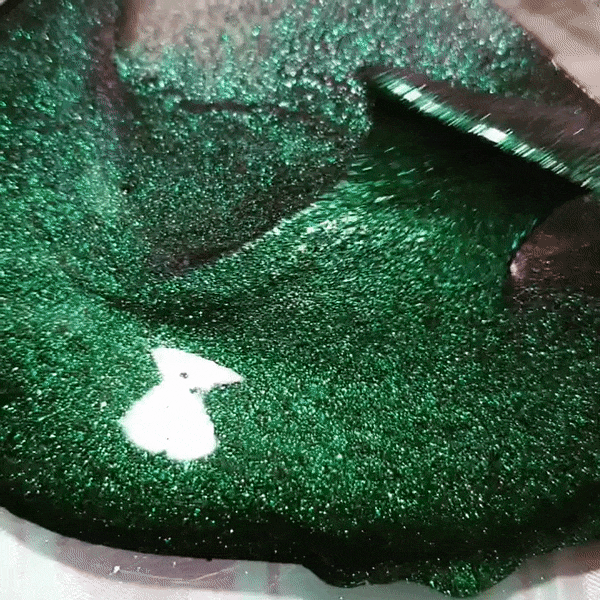



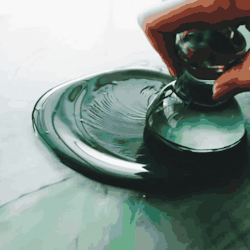



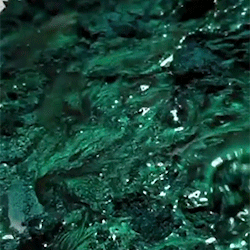
Emerald green stimboard for anon
x x x - x x x - x x x
12K notes
·
View notes
Text

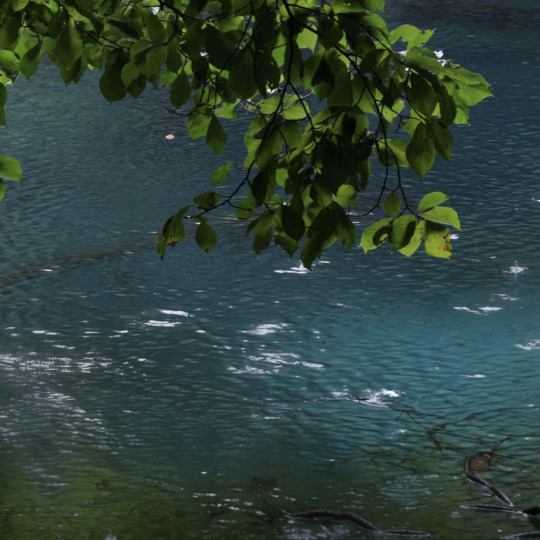
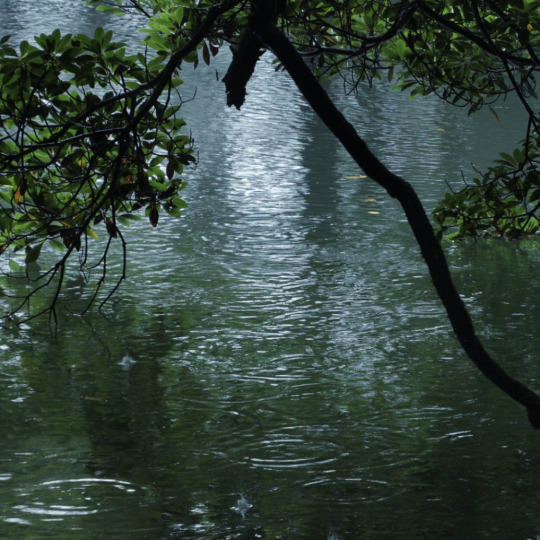
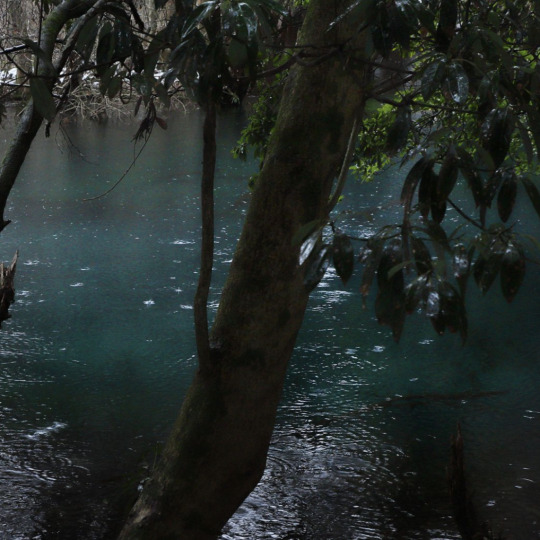
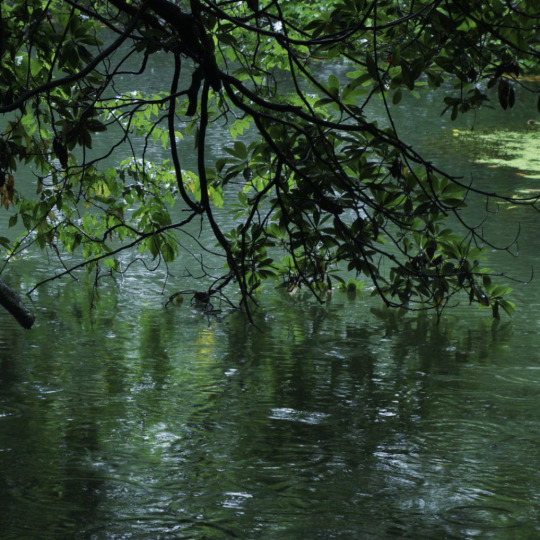



by K-Abe
#nature#photography#water#rain#forest#lake#pond#emerald#teal#blue#trees#woods#nature photography#fairycore#naturecore#dark#stormy#curators on tumblr
6K notes
·
View notes
Text
Emerald Spectacles from India, c. 1620-1660 CE: the lenses of these spectacles were cut from a single 300-carat emerald, and it was believed that they possessed mystical properties

These eyeglasses are also known by the name "Astaneh-e ferdaws," meaning "Gate of Paradise," based on the perception of the color green as a symbol for spiritual salvation/Paradise. This was a common belief in Mughal-era India, where the spectacles were made.
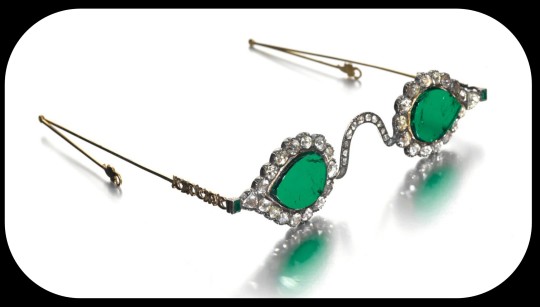
The lenses were crafted from two thin slices of the same emerald. Together, the lenses have a combined weight of about 27 carats, but given the precision, size, and shape of each lens, experts believe that the original emerald likely weighed in excess of 300 carats (more than sixty grams) before it was cleaved down in order to produce the lenses. The emerald was sourced from a mine in Muzo, Colombia, and it was then transported across the Atlantic by Spanish or Portuguese merchants.
Each lens is encircled by a series of rose-cut diamonds, which run along an ornate frame made of gold and silver. The diamond-studded frame was added in the 1890s, when the original prince-nez design was fitted with more modern frames.
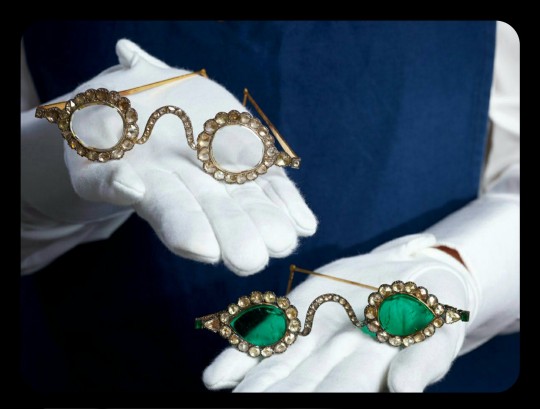
The emerald eyeglasses have long been paired with a second set of spectacles, and they were almost certainly commissioned by the same patron. This second pair is known as Halqeh-e nur, or the "Halo of Light."
The Halo of Light features lenses that were made from slices of diamond. The diamond lenses were cleaved from a single stone, just like the emerald lenses, with the diamond itself being sourced from a mine in Southern India. It's estimated that the original, uncut diamond would have weighed about 200-300 carats, which would make it one of the largest uncut diamonds ever found.

These lenses are so clear and so smoothly cut that it sometimes looks like they're not even there
Both sets of spectacles date back to the mid-1600s, and it's generally believed that they were commissioned by a Mughal emperor or prince. The identity of that person is still a bit of a mystery, but it has been widely speculated that the patron was Shah Jahan -- the Mughal ruler who famously commissioned the Taj Mahal after the death of his wife, Mumtaz Mahal. Shah Jahan did rule as the Mughal emperor from about 1628 to 1658.
The emerald and diamond lenses may have been chosen for symbolic/cultural reasons, or they may have been chosen simply because they're pretty and extravagant; their meaning/purpose is unclear. Experts do believe that the eyeglasses were designed to be worn by someone, though.
It was believed that the spectacles had spiritual properties, like the ability to promote healing, ward off evil, impart wisdom, and bring the wearer closer to enlightenment. Those beliefs are often related to Indic and Islamic traditions, some of which ascribe spiritual and/or symbolic traits to emeralds and diamonds. Emeralds can be viewed as an emblem of Paradise, divine salvation, healing, cleansing, and eternal life; diamonds are similarly associated with enlightenment, wisdom, celestial light, and mysticism.
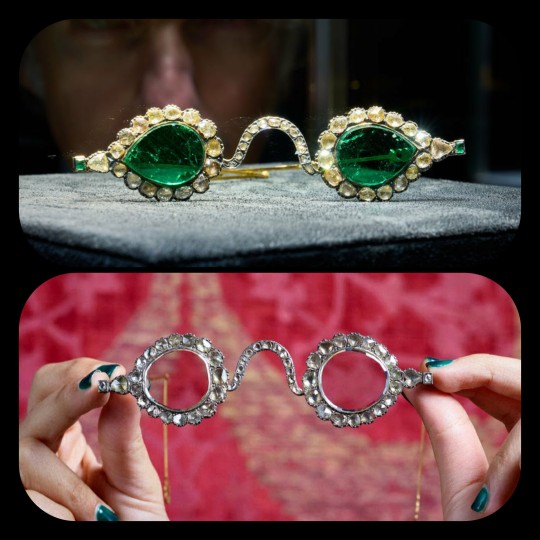
The Gate of Paradise and the Halo of Light were both kept in the collections of a wealthy Indian family until 1980, when they were sold to private collectors, before going on auction once again back in 2021. They were valued at about $2 million to $3.4 million per pair.
Sources & More Info:
Sotheby's: Mughal Spectacles
Architectural Digest of India: At Sotheby's auction, Mughal-era eyeglasses made of diamond and emerald create a stir
Only Natural Diamonds: Auspicious Sight & the Halqeh-e Nur Spectacles
The Royal Society Publishing: Cleaving the Halqeh-Ye Nur Diamonds
Gemological Institution of America: Two Antique Mughal Spectacles with Gemstone Lenses
Manuscript: From Satan's Crown to the Holy Grail: emeralds in myth, magic, and history
CNN: The $3.5 million Spectacles Said to Ward off Evil
BBC: Rare Mughal Era Spectacles to be Auctioned by Sotheby's
#history#archaeology#artifact#mughal#india#17th century#art#emerald#diamond#glasses#indian lore#islam#religion#mysticism#indian history#anthropology#spirituality#fashion
4K notes
·
View notes
Text

#green nails#emerald#emerald nails#green#gorgeous#glam#glam nails#glamorous#beautiful nails#beauty#beautiful#nail design#nobw#black women#women#beautiful women#women of color#nails on black women#nails#melanin#manicure#mani#pretty nails#nail blog#xxl#xxl nails#long nails#@
2K notes
·
View notes
Text
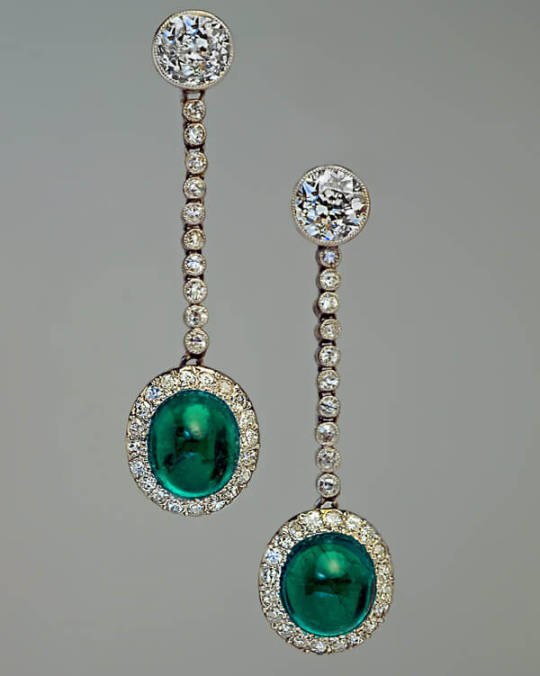
Emerald earrings, 1930s.
429 notes
·
View notes
Text
Bug of the Day

I have posted several of these pistachio emeralds (Hethemia pistasciaria) already but OMG THE GREEN 💚💚💚💚💚💚
#pistachio emerald#💚#Hethemia pistasciaria#Hethemia#Geometridae#moth#Lepidoptera#insect#bug of the day#BotD#its not easy being green#kermie#green#emerald
1K notes
·
View notes
Text

Rough emerald crystals from swat mine, Pakistan
Photo; emerald_gems_collections
910 notes
·
View notes
Text

merry christmas ! 🎄❄️✨
613 notes
·
View notes
Text
There is something so cathartic about Elon Musk getting fact checked by his own hellsite

You truly out-musked yourself, got any plans for the Ides or March?
#the ides of march#elon musk#ides of march#fuck muskrat#muskrat#twitter#nepo baby#Caesar#lying liars who lie#julius caesar#march 15#elon tweets#elongated muskrat#emerald#fuck elon musk#beware the ides of march#march 15th#politics#elon twitter#fact check#brutus#apartheid#space karen#thanks elon#et tu brute#elongated man#fuck elongated muskrat
2K notes
·
View notes
Text

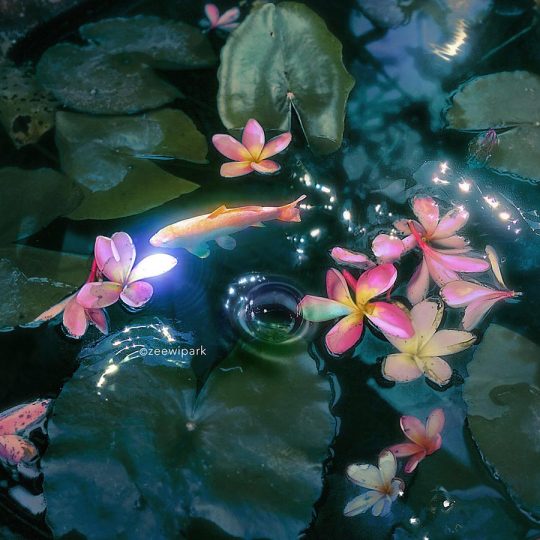

Emerald ponds 🌸
© Jee Won Park (ig: zeewipark)
#pond#emerald#nature#water#water lily#green fields#healing#ethereal#dreamy#clouds#artwork#artists on tumblr
2K notes
·
View notes
Text

Emerald, Diamond, Silver and Gold Pendant Brooch, Circa 1840
Source: 1stdibs.com
#1stdibs.com#antique jewelry#emerald#diamond#silver#gold#antique emerald and diamond brooch#antique emerald and diamond jewelry#high jewelry#luxury jewelry#fine jewelry#fine jewellery pieces#gemville
459 notes
·
View notes
Text

by billsplawn
#nature#photography#green#plants#trees#water#landscape#rain#raining#forest#woods#cabin#cottage#lake#emerald#dark green#nature photography#scenery#scenic#curators on tumblr#1k
3K notes
·
View notes
Text

Emerald with the seal of Emperor Jahangir, Mughal Empire (India), 1018 AH (1609-1610 AD)
from The Museum of Islamic Art, Qatar
1K notes
·
View notes